The Hmong (Mong) community has long chosen the highest, most rugged mountain slopes in the Northwest and Northeast regions as their place to live. Their lives are closely linked to the rocky mountains - where the climate is harsh, foggy all year round, and the terrain is steep. This living environment has trained them to have extraordinary endurance, an amazing flexibility to work day by day on corn fields and steep terraced fields.
But it is also the arduous working environment and the rugged terrain that causes specific health problems. Slips, falls from cliffs, and injuries from carrying heavy loads are inevitable. In addition, the biting cold and high humidity of the mountains and forests are the source of chronic rheumatic diseases (arthritis, aches and pains).
To survive, the Hmong have developed a highly practical indigenous medicine, focusing on treating the everyday challenges of life. Among their treasure trove, remedies for joint pain and broken bones are considered secret treasures, reflecting their deep understanding and close connection with each medicinal plant growing on the rocky mountains.

The Hmong have developed a very practical indigenous medicine.
Herbal leaf binding method
What makes Hmong medicine most famous is its ability to treat broken bones and dislocated joints. If they are unfortunate enough to have an accident, instead of panicking, they have a clear treatment process, passed down through many generations, focusing on using direct poultices.
When a person breaks a bone, the healer (or a family member with experience) will immediately go to the forest. They know exactly which leaves, roots, or bark to look for. These herbs often grow in very difficult places, but they possess powerful medicinal properties. After being picked, the herbs are washed and crushed by hand in a stone mortar.
This crushed medicinal mixture is usually dark green and thick. Sometimes, the doctor will add a little white wine or rice vinegar - not only as a solvent to dissolve the active ingredients, but also has an initial antiseptic effect and helps the medicine penetrate deeper inside.
This tobacco is applied directly to the injured area, covering the fracture. The next step is extremely important: immobilization. The Hmong use thinly split and smooth bamboo sticks to make a splint, firmly fixing the broken bone. Finally, they use clean cloth or soft, tough tree bark to bandage it.
According to folk experience, this poultice has great uses. First of all, it helps to relieve pain and reduce swelling very quickly. The leaves have antibacterial properties that help prevent open wounds (if any) from becoming infected. But most importantly, they believe that the active ingredients in the leaves have the ability to promote the calcification process, helping bones heal faster than normal.
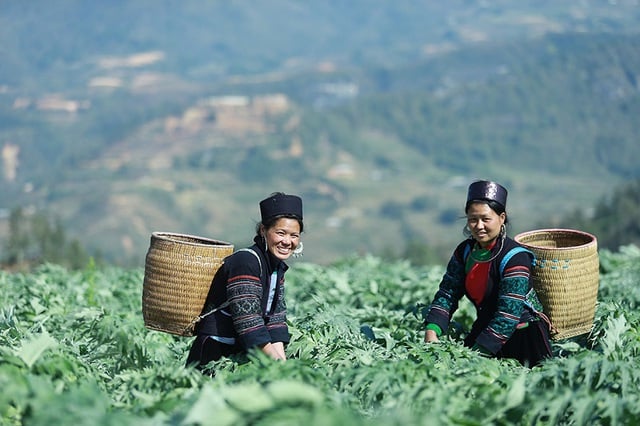
Preserving and scientifically researching indigenous remedies of the Hmong people is a way to help promote the value of folk medicine in community health care.
Medicinal wine: An effective remedy for bone and joint pain
If poultices are the solution for acute injuries, medicinal wine is the Hmong people's companion in treating bone and joint pain. The cold, humid and frosty climate of the highlands makes rheumatism (arthritis, osteoarthritis, neck and shoulder pain, back pain) extremely common.
To cope with the cold, dispel the cold air and relieve pain, the Hmong people have the habit of soaking medicinal wine. The herbs used to soak wine are usually roots, stems or barks (such as thousand-year-old ginseng, earthworm, mountain ginger root, cinnamon...). These are all warm herbs, capable of helping blood circulation (activating blood circulation) and dispelling cold wind and dampness (dispelling wind and eliminating dampness) according to traditional medicine theory.
H'Mong medicinal wine is often used in two main ways:
- Massage alcohol Used to rub directly on painful areas such as the knee joints, shoulder blades, and lower back. When rubbing, they combine pressing, kneading, and rubbing movements. The heat from the alcohol combined with the medicinal properties of the herbs will penetrate the skin, warm the meridians, relax the muscles, help blood circulation, and quickly relieve pain.
- Drinking wine. Some special medicinal soaks, with strictly controlled dosages, are used for drinking. The Hmong believe that drinking medicinal wine helps nourish the liver and kidneys, thereby helping to nourish the tendons and bones, making them supple and strong from the inside.
From poultices to heal fractures, to medicinal wine to soothe aches and pains, Hmong bone and joint medicine is a valuable intellectual heritage. It was born from the harsh living environment and has been proven by practical effectiveness over hundreds of years. Today, many of these valuable remedies are still being preserved, but also face the challenge of being lost. Preservation, scientific research to clarify the medicinal properties and standardize these remedies is extremely necessary, helping to promote the value of indigenous medicine in community health care.
Source: https://suckhoedoisong.vn/di-san-y-hoc-hmong-tu-thao-duoc-nui-da-169251105113303115.htm



![[Photo] General Secretary To Lam visits Long Thanh International Airport Project](https://vphoto.vietnam.vn/thumb/1200x675/vietnam/resource/IMAGE/2025/11/13/1763008564398_vna-potal-tong-bi-thu-to-lam-tham-du-an-cang-hang-khong-quoc-te-long-thanh-8404600-1261-jpg.webp)
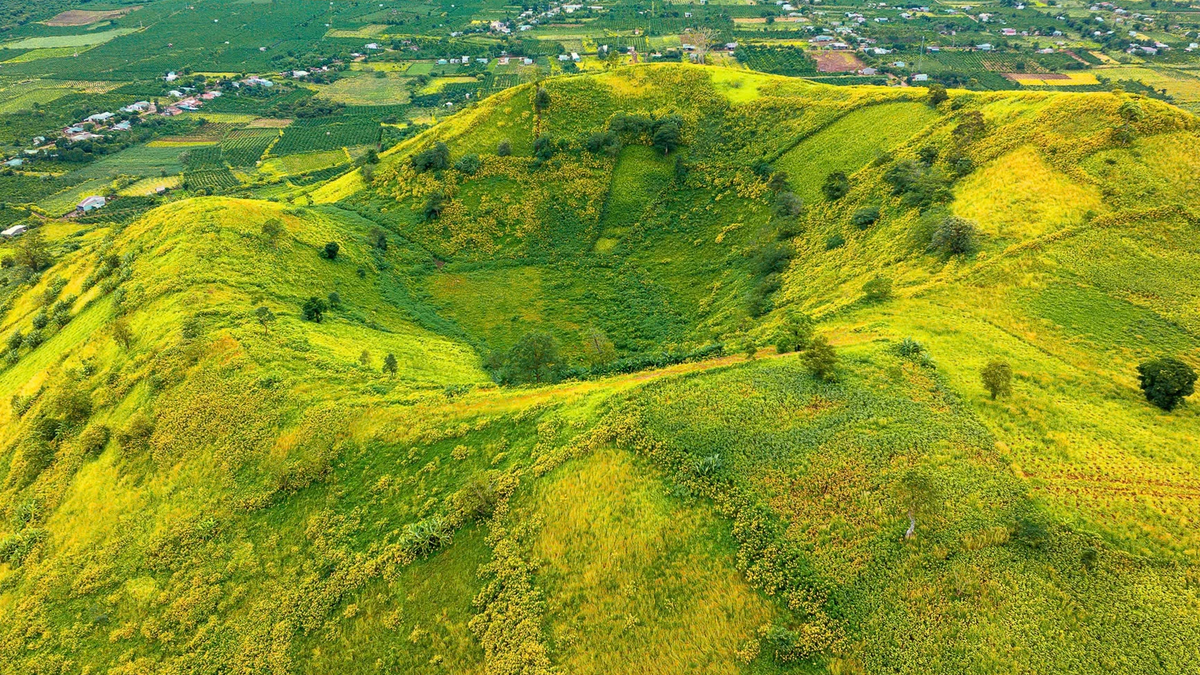

![[Photo] The "scars" of Da Nang's mountains and forests after storms and floods](https://vphoto.vietnam.vn/thumb/1200x675/vietnam/resource/IMAGE/2025/11/13/1762996564834_sl8-jpg.webp)












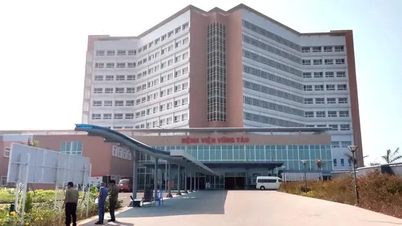

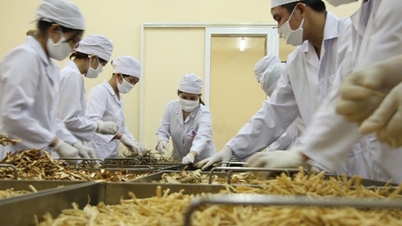
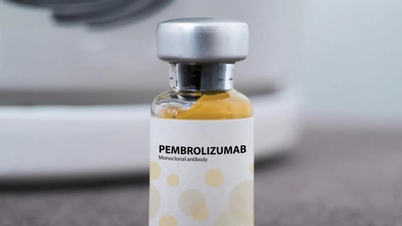






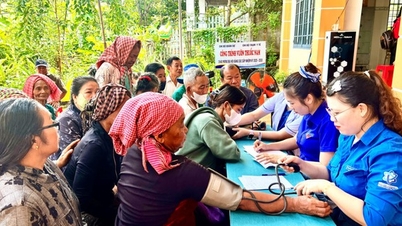





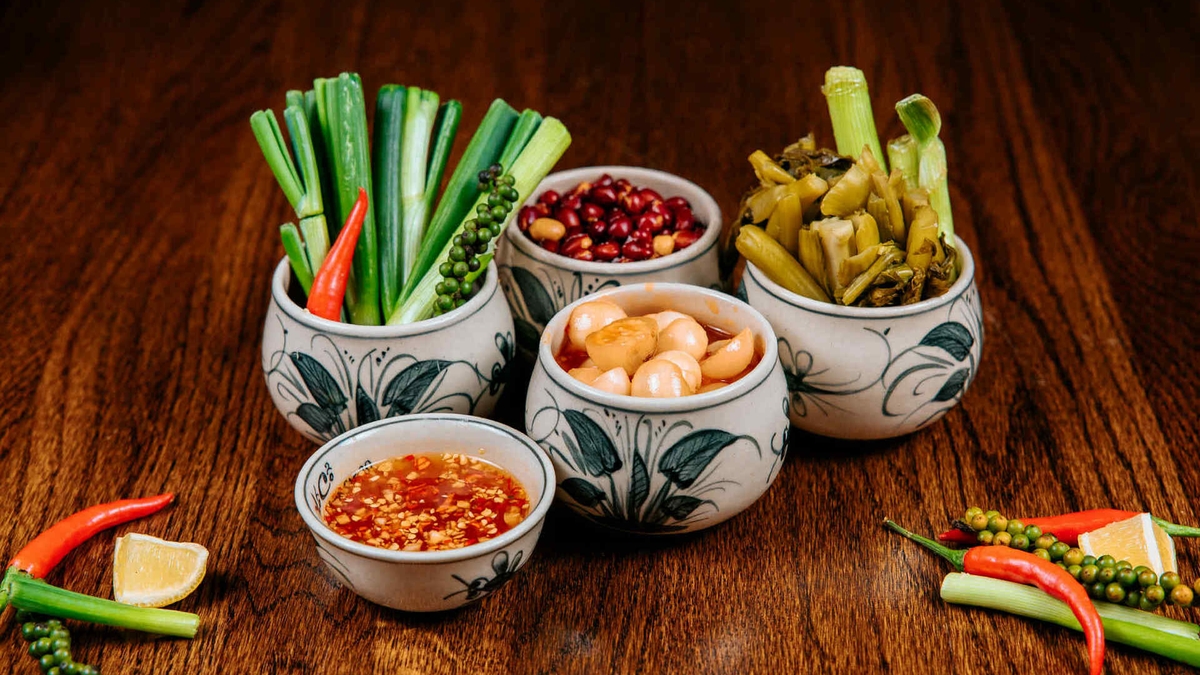










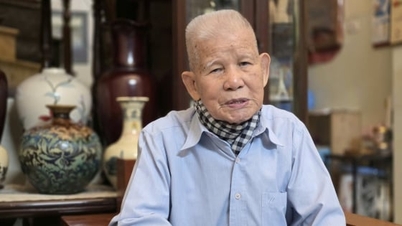

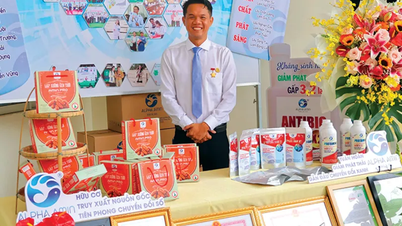









































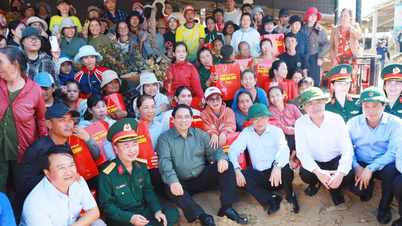


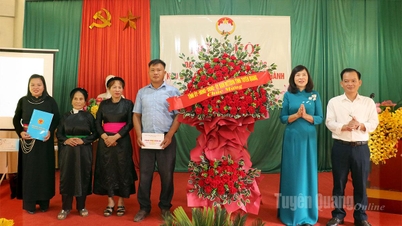





![Dong Nai OCOP transition: [Article 3] Linking tourism with OCOP product consumption](https://vphoto.vietnam.vn/thumb/402x226/vietnam/resource/IMAGE/2025/11/10/1762739199309_1324-2740-7_n-162543_981.jpeg)







Comment (0)